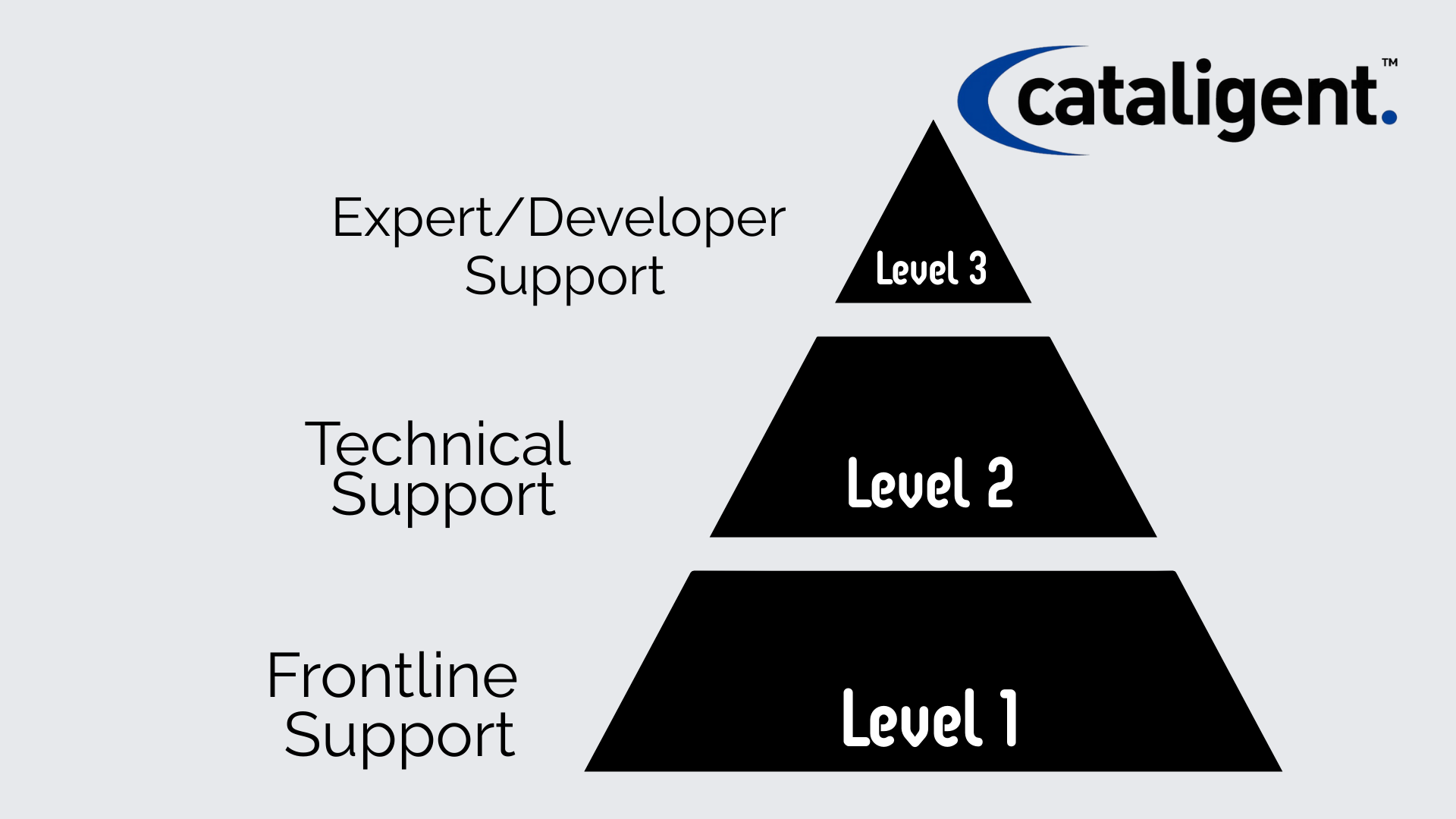Ensuring uninterrupted business operations requires a robust incident management process that swiftly addresses and resolves IT disruptions. By implementing a structured approach, organizations can minimize downtime, enhance service quality, and maintain customer trust. This guide outlines the essential steps to develop an effective incident management process aligned with IT Service Management (ITSM) best practices.
Understanding Incident Management in ITSM
Incident management is a critical component of ITSM focused on restoring normal service operations as quickly as possible after an unplanned interruption. Unlike problem management in ITSM, which seeks to identify and resolve the root causes of incidents, incident management prioritizes immediate resolution to minimize business impact.
Synergy Between Incident and Problem Management
While Incident and Problem Management serve different purposes, their collaboration is vital for comprehensive ITSM. Incident Management deals with immediate symptom relief, ensuring that services are quickly restored to operational status. Once the immediate issue is addressed, Problem Management delves into the incident’s root cause, aiming to implement solutions that prevent future occurrences. This partnership ensures not only rapid recovery from disruptions but also continuous improvement in service stability.
Key Steps to Develop an Effective Incident Management Process
- Incident Identification and Logging
Prompt detection and accurate documentation of incidents are foundational. Utilize monitoring tools to detect anomalies and ensure all incidents are logged with pertinent details, including timestamps, affected systems, and initial assessments. - Incident Categorization and Prioritization
Classify incidents based on their nature and impact on business operations. Prioritization ensures that critical issues receive immediate attention, optimizing resource allocation and response efforts. - Incident Response and Resolution
Develop standardized procedures for addressing various incident types. Assign incidents to appropriate personnel or teams, equip them with necessary resources, and establish clear timelines for resolution. Automation can enhance efficiency and reduce human error during this phase. - Communication and Stakeholder Engagement
Maintain transparent communication with all stakeholders throughout the incident lifecycle. Regular updates on incident status, expected resolution times, and potential impacts foster trust and manage expectations effectively. - Incident Analysis and Continuous Improvement
After resolving an incident, conduct a thorough analysis to determine its root cause. Document findings and implement corrective actions to prevent recurrence. Regularly reviewing and refining the incident management process ensures adaptability to evolving business needs and technological landscapes.
Best Practices for Incident Management
- Define Clear Roles and Responsibilities: Establish a dedicated incident response team with clearly outlined duties to ensure accountability and efficiency during incident handling.
- Implement Automation: Leverage automation tools to detect, log, and even resolve certain types of incidents, thereby reducing response times and operational costs.
- Foster a Culture of Continuous Learning: Encourage teams to learn from past incidents by conducting post-incident reviews and sharing insights across the organization.
How Cataligent Elevates Incident Management in ITSM
Transitioning to an effective incident management process requires expertise and the right technological support. Cataligent specializes in delivering customized ITSM solutions that empower organizations to manage incidents proactively and efficiently. Our services include:
- Comprehensive ITSM Implementation: Deploying ITSM frameworks that integrate seamlessly with your existing operations, enhancing overall service management.
- Automation and AI Integration: Incorporating automation and artificial intelligence to reduce manual intervention, accelerate incident resolution, and minimize errors.
- Continuous Support and Training: Providing ongoing support and training to ensure your team is equipped with the knowledge and skills to manage incidents effectively.
Transform Your Incident Management with Cataligent
Investing in a robust incident management process is crucial for maintaining business continuity and delivering exceptional service. Partnering with Cataligent ensures access to cutting-edge ITSM solutions tailored to your organization’s unique needs. Our expertise enables you to navigate the complexities of incident management with confidence and efficiency.
Ready to enhance your incident management capabilities? Connect with Cataligent today to discover how our ITSM solutions can drive your business forward.

